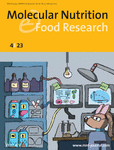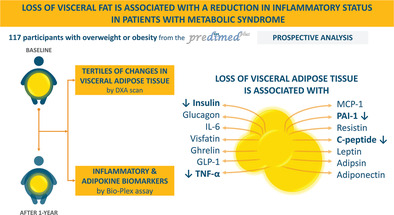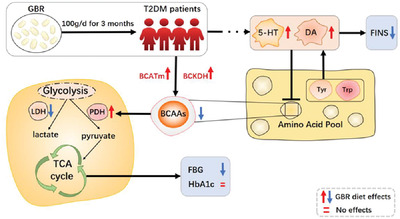Journal list menu
Export Citations
Download PDFs
Front Cover
Front Cover: Physiologically-Based Kinetic Modeling Predicts Similar In Vivo Relative Potency of Senecionine N-Oxide for Rat and Human at Realistic Low Exposure Levels
- First Published: 21 February 2023
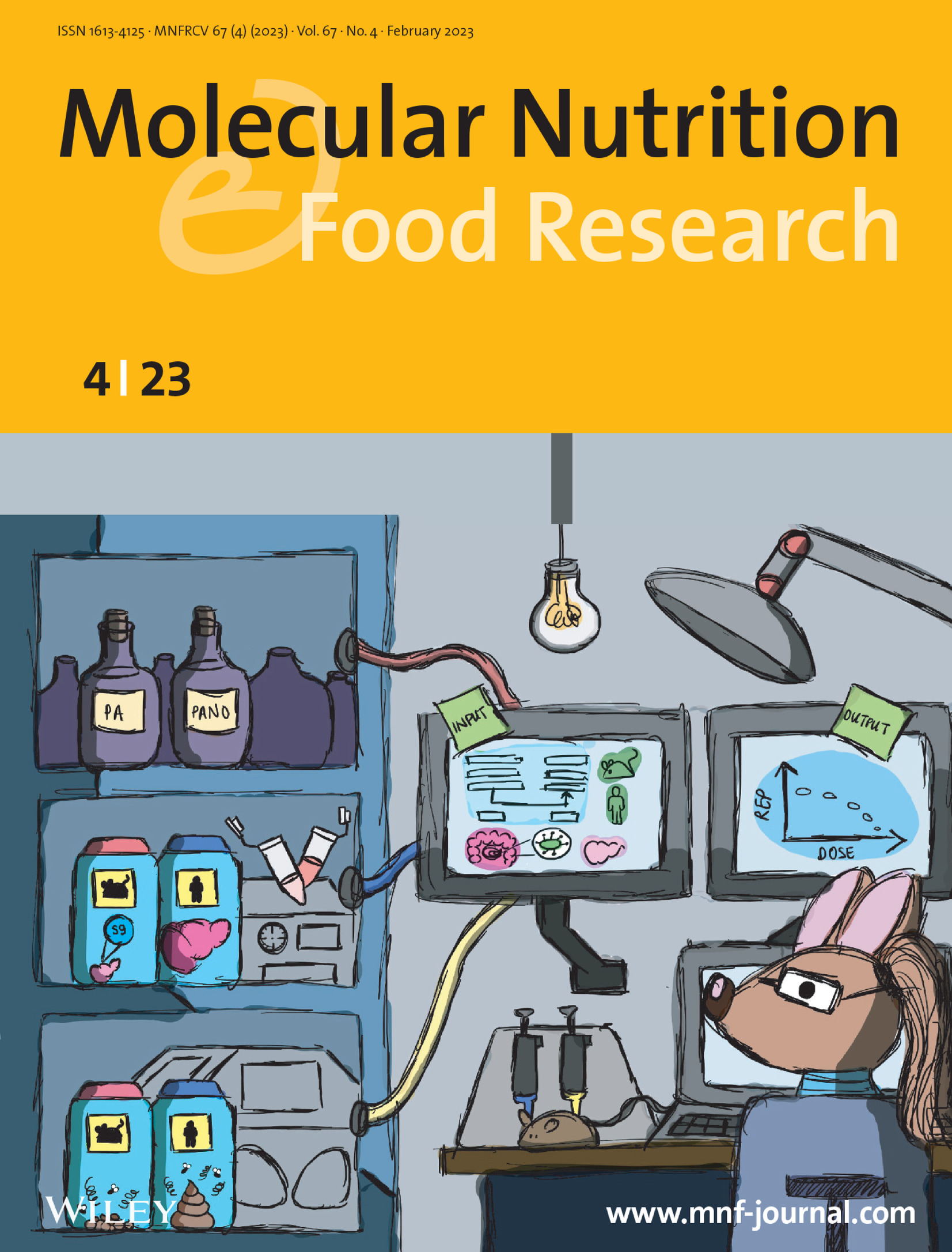
Mol. Nutr. Food Res. 2023, 67, 202200293
Pyrrolizidine alkaloid N-oxide (PANO), a common plant-based food protoxin, can be reduced to pyrrolizidine alkaloid (PA) by liver S9 and gut microbiota, causing liver toxicity and carcinogenicity. In article number 2200293, Frances Widjaja and co-workers used new approach methodologies to predict the relative potency (REP) of PANO to PA in both rats and humans at low and high dose levels.
Editorial Board
Research Articles
Physiologically-Based Kinetic Modeling Predicts Similar In Vivo Relative Potency of Senecionine N-Oxide for Rat and Human at Realistic Low Exposure Levels
- First Published: 07 December 2022

The relative potency (REP) of senecionine N-oxide to senecionine is dose- and species-dependent. The dose dependency is of interest given that the values at low human dietary exposure levels cannot be determined in animal studies where high dose levels are used. Also, REP values for human can only be obtained with New Approach Methodology.
Whole-Genome Transcriptomics of PBMC to Identify Biomarkers of Early Metabolic Risk in Apparently Healthy People with Overweight-Obesity and in Normal-Weight Subjects
- First Published: 23 December 2022

Comparison of PBMC transcriptome of metabolically healthy volunteers with overweight-obesity (OW-OB), and subjects with metabolically obese normal-weight (MONW) phenotype reveals that they share 257 differentially expressed genes compared to normal-weight (NW) controls. These genes, particularly the top up-regulated CXCL8, may be used as predictive biomarkers of metabolic impairment related to increased adiposity regardless of BMI, to apply nutritional preventive strategies.
[6]-Gingerol Facilitates CXCL8 Secretion and ROS Production in Primary Human Neutrophils by Targeting the TRPV1 Channel
- First Published: 23 December 2022
![[6]-Gingerol Facilitates CXCL8 Secretion and ROS Production in Primary Human Neutrophils by Targeting the TRPV1 Channel](/cms/asset/09a57d1c-f0cf-4f27-911f-8b2f19e29c38/mnfr4379-gra-0001-m.jpg)
This study investigates the impact of a pungent compound from ginger, [6]-gingerol, on the immune responses of a specific human blood leukocyte cell type, the neutrophils. The study observes that [6]-gingerol facilitates the production of reactive oxygen species and the secretion of a chemokine (CXCL8) upon subsequent stimulation with a bacterial derived peptide. This impact is mediated via the TRPV1 channel.
Effect of d-β-Hydroxybutyrate-(R)-1,3 Butanediol on Appetite Regulation in People with Prediabetes
- First Published: 24 December 2022
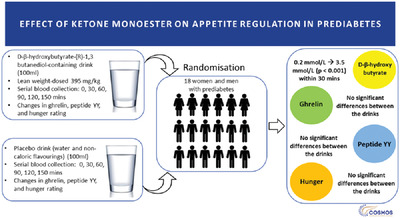
Eighteen participants with prediabetes are randomly allocated to consume a ketone monoester drink and a placebo drink in cross-over fashion. The circulating levels of ghrelin, peptide YY, and hunger ratings are assessed. No significant differences in the levels of ghrelin and peptide YY, as well as hunger ratings, are found between the two drinks.
Loss of Visceral Fat is Associated with a Reduction in Inflammatory Status in Patients with Metabolic Syndrome
- First Published: 23 November 2022
Branched Chain Amino Acids, New Target of Germinated Brown Rice against Type 2 Diabetes Mellitus: A Randomized Controlled Trial
- First Published: 23 December 2022
Association between Tomato and Lycopene Consumption and Risk of All-Cause and Cause-Specific Mortality: Korean Genome and Epidemiology Study Cohort
- First Published: 30 December 2022
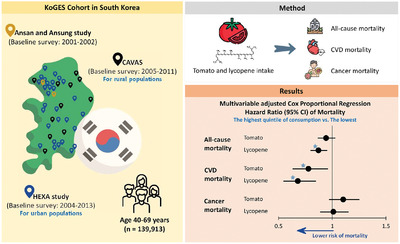
In this study including 139913 participants aged over 40 years from three prospective cohort studies in South Korea, higher tomato consumption is associated with a lower risk of cardiovascular disease mortality (22%), and lycopene consumption is associated with a lower risk of all-cause (13%) and cardiovascular disease mortality (32%).
Protocatechuic Acid Delays Postovulatory Oocyte Ageing in Mouse
- First Published: 20 December 2022
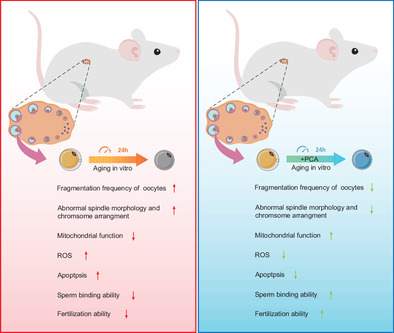
The present study finds that protocatechuic acid in vitro can significantly improve the quality of postovulatory aged oocytes, such as reducing the fragmentation rate and the incidence of abnormal spindle morphology and chromosome dislocation, improving mitochondrial function, inhibiting ROS accumulation and apoptosis, and increasing the sperm binding ability and embryo development rate. The results suggest that protocatechuic acid can be used to delay postovulatory oocyte ageing.




